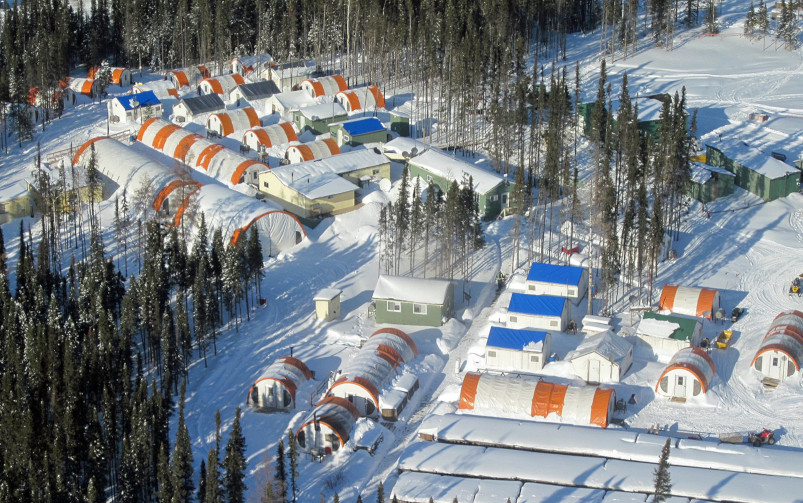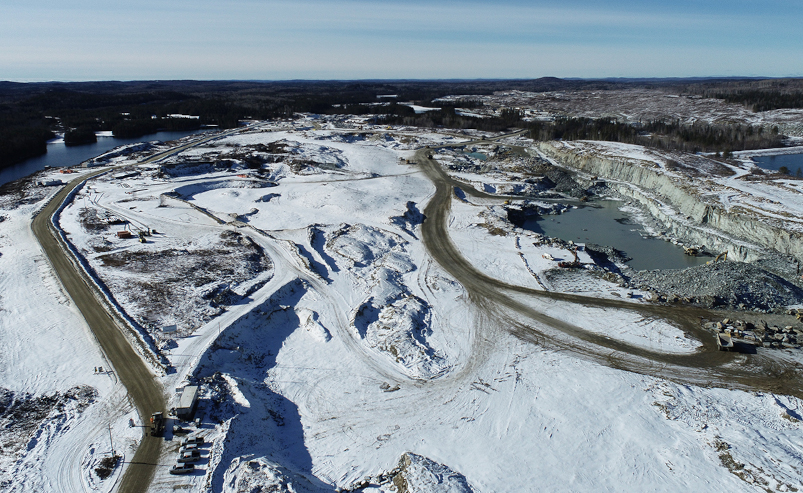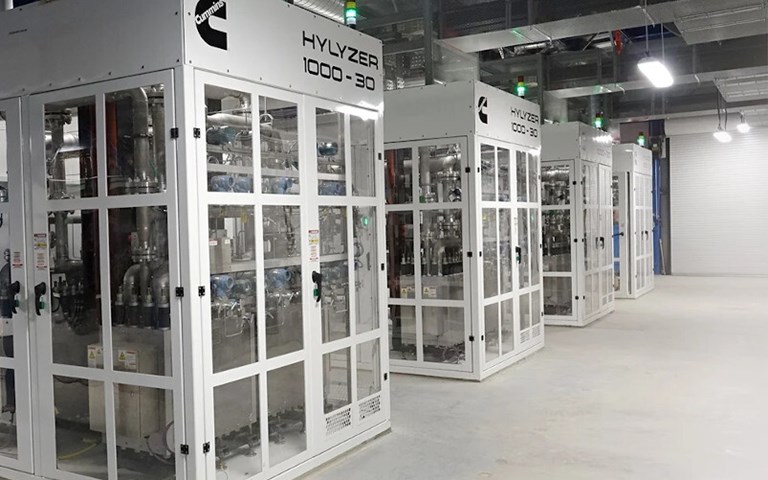The completion of the PEM electrolyzer has increased Air Liquide'sBécancour hydrogen production by 50 per cent. Courtesy of Cummins Inc.
Air Liquide announced on Jan. 26 that it has completed construction of the largest 20-megawatt Proton Exchange Membrane (PEM) electrolysis unit in the world to generate green hydrogen at its production facility in Bécancour, Quebec.
The site holds four compact pressurized electrolysers developed by Hydrogenics, a Canadian-based company, which was acquired by the American engine manufacturer Cummins in September 2019.
Electrolysers address one of the main issues . Typically, excess energy would be sold off to the market at a loss or left unused, but the PEM electrolysers allow excess energy to be stored and sold at a later date.
The facility’s capacity to produce hydrogen after installing the electrolysis unit has also increased by 50 per cent since beginning commercial operations in October 2020, enabling the production of almost 3,000 tonnes of hydrogen output annually, or 8.2 tonnes of low-carbon hydrogen per day.
"We are at a critical juncture of the energy system transition to one that is more efficient, sustainable, powerful and reliable. And while we have many innovative technologies that can and will be part of the solution, hydrogen is really among the most promising," said CEO of Air Liquide North America Susan Ellerbusch in a virtual event celebrating the inauguration of the new unit.
Related: With regulations being written, trials underway and companies considering adoption strategies, hydrogen’s time may finally be here
Green hydrogen is produced by passing an electric current through water, a process called electrolysis, powered by a renewable energy source such as hydroelectricity. Air Liquide Canada president and CEO Bertrand Masselot said the city of Bécancour was strategically chosen to be the home of the new technology because of the abundant availability of renewable energy from Hydro-Quebec, in addition to the city's proximity to the hydrogen mobility market in northeastern North American, which will ensure the supply of low-carbon hydrogen for industrial use and mobility in Canada and the United States.
The demand for hydrogen produced with green energy has been growing rapidly in recent years. Ellerbusch said that this new development marks the acceleration of the global market’s transition to a cleaner economy, with hydrogen at its core.
For its part, the Canadian government recently started rolling out a hydrogen strategy, with the plan to develop and promote hydrogen capture and fuel technology. The plan is meant to be a critical step forward to meet the country’s commitments to reach net-zero carbon emissions by 2050.
The strategy notes that the mining industry has long been dependent on diesel power for its operations. In order to combat climate change, many mining companies such as Glencore and Anglo American have started trialling hydrogen power at its mines and transitioning to hydrogen fuel cell vehicles.
The high cost of producing hydrogen remains a challenge for many companies around the world, but at Bécancour, hydrogen can be produced at competitive prices because of low-cost hydroelectricity production, said Masselot.
“We think that Quebec can really stand out [because] we are lucky to have a lot of water and a lot of renewable energy," said Charette.
Regions like Quebec technically have the ability to also export their production of green hydrogen to international markets by liquifying molecules and transporting them long-distance to markets with a renewable energy deficiency. However, according to Masselot, even though the company has transported hydrogen to different markets in the past, for the Bécancour unit, logistics such as economics and the environment must be considered as well. For that reason, he said, the Bécancour production will remain local and serve its designated North American market.




